From Sportfishing
Fish Report for 10-24-2022
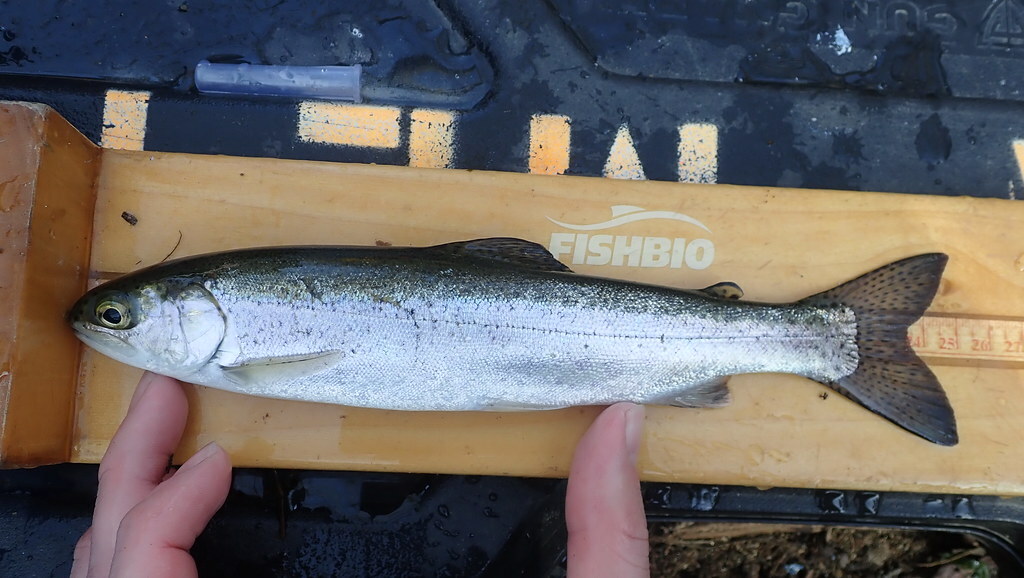
What Goes Up Might Not Come Down: Fishways As An Ecological Trap
10-24-2022
FISHBIO
From plants blooming in the spring, to birds migrating in the fall, to migratory fish moving upstream to spawn, the “decisions” that living things make about what to do and when to do it are often informed by environmental cues. In truth, these patterns are not decisions in the human sense of the word, but are instinctual patterns that have been shaped by natural selection. This ability to use cues in the environment is highly adaptive and provides an edge in the evolutionary game of survival and reproduction. However, in environments that humans have altered, cues that once conferred an advantage can lead to deadly traps. Animals expressing instinctual behaviors that put them at a disadvantage in an altered environment is referred to as an ecological trap, and some fisheries scientists are concerned that the widespread use of fishways to allow passage above dams may be causing such traps for migratory species like steelhead (Oncorhynchus mykiss). To test this hypothesis, researchers from the National Marine Fisheries Service undertook a study of steelhead in the Carmel River, where a fishway has been in operation since 1949. Their recent publication discusses their findings (Ohms et al. 2022), which suggest that a lack of consideration for downstream passage at fishways may indeed be leading steelhead into an ecological trap.
The ecological trap concept was introduced nearly 20 years ago, and fishways have long been theorized to create these traps by encouraging fish to spawn in an area that will put them and their offspring at a disadvantage during their return to the ocean. Dams present physical barriers to fish, and the reservoirs they form may slow swimming speeds, delay outmigration, and create favorable conditions for both native and non-native predators. These challenges for fish moving downstream could be one reason why fishways have failed to lead to recovery of migratory populations even though they are widely used. Despite the potentially significant implications of the ecological trap hypothesis for fishways, it had not been the subject of any investigations in the US until this study on the Carmel River.
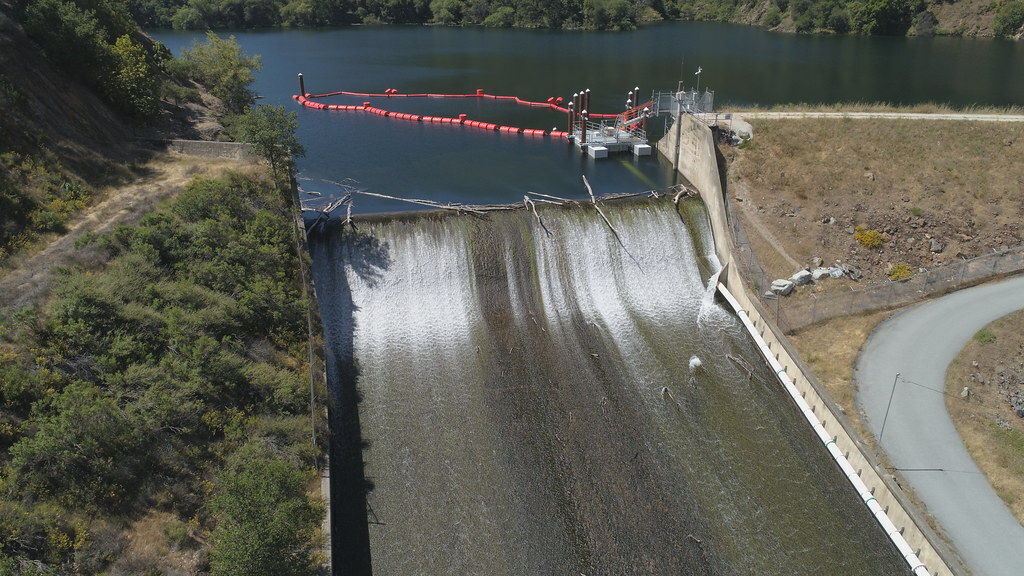
Los Padres Dam is located 42 river kilometers (about 26 miles) upstream from the mouth of the Carmel River. A fish ladder leading to a holding tank is situated at the base of the dam, and returning adult steelhead are taken from this tank and trucked above the dam where they are released into the reservoir. Post-spawn adults and juvenile outmigrants have two options for passing back downstream: go over the dam spillway, or go through a downstream bypass. The spillway is 196-meters long with a 9˚ slope, and it terminates in a drop of 11.3 meters into a plunge pool. The bypass system was installed in 2016, and it consists of a floating weir collector and a system designed to guide fish into the bypass adjacent to the spillway.
To study steelhead movement, the researchers captured and PIT taggedjuvenile steelhead through electrofishing and the use of a rotary screw trap(RST) at the upstream end of the reservoir. Additionally, spawning adults were recovered from the trap below the spillway and PIT tagged before being released into the reservoir. A series of six PIT antennas ranging from the head of the reservoir to 14 kilometers (8.7 miles) downstream of the dam were used to monitor movement.
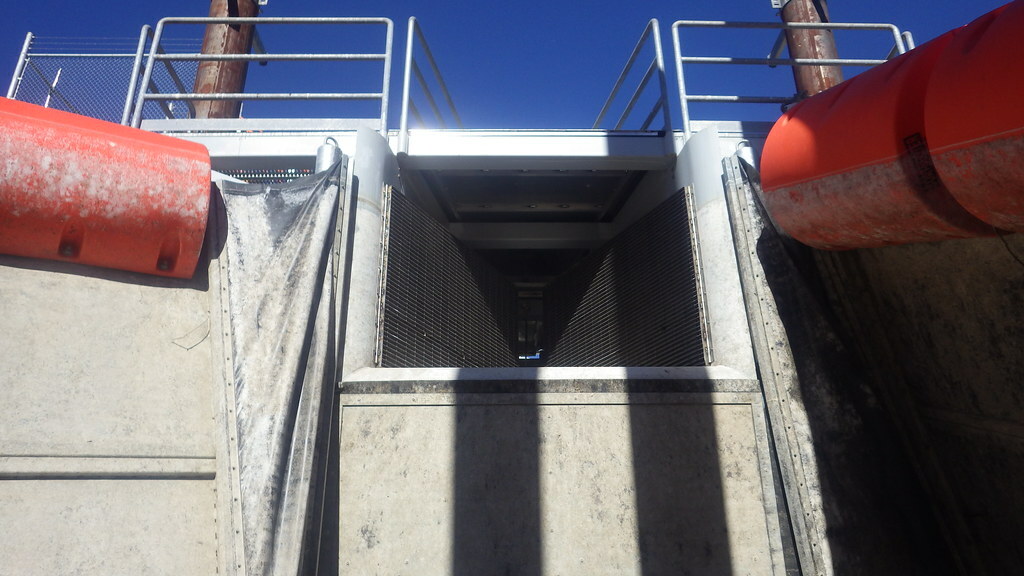
Analysis of the resulting data showed that only 20% of the juveniles that moved into the reservoir made it as far as the dam, and of these only 36% used the bypass while 64% used the spillway. Further, a mere 9% of juveniles made it to the downstream most antenna. Most adults were able to pass downstream of the dam after spawning, but only 2% used the bypass. PIT tag data showed that several adults entered the bypass only to exit it again, a phenomenon that has been frequently observed in video records from the Smolt Spy system that FISHBIO operates in the bypass. The minimum spillway water depth for juvenile passage was 4.9 cm, whereas a minimum of 8.5 cm was required for adults. No fish moved through the bypass once the spillway dropped below these minimums, suggesting that the bypass does not extend the time period during which fish can outmigrate. Based on these criteria, they concluded that the dam significantly limits downstream passage, and therefore the fishway is creating an ecological trap for steelhead.
The study found that four factors limited downstream passage: water depths on the spillway, loss in the reservoir, migration delay, and avoidance of the bypass. These factors are not unique to Los Padres Dam, suggesting that ecological traps caused by fishways may be a widespread problem. As such, there is a need to carefully weigh the tradeoffs between providing fish access to upstream spawning habitat with the associated mortality that may result from poor downstream passage. The science and technology of downstream passage is a relatively new field compared to upstream passage, and there is still much to be learned.
FISHBIO is a dedicated group of research scientists, engineers, and technicians that specialize in counting, tracking, and analyzing trends in fish and wildlife populations throughout the world. An expert staff, technical capacity, and state-of-the-art equipment make FISHBIO a trailblazer in aquatic research. For more information, please visit FISHBIO.com
< Previous Report Next Report >
More Reports
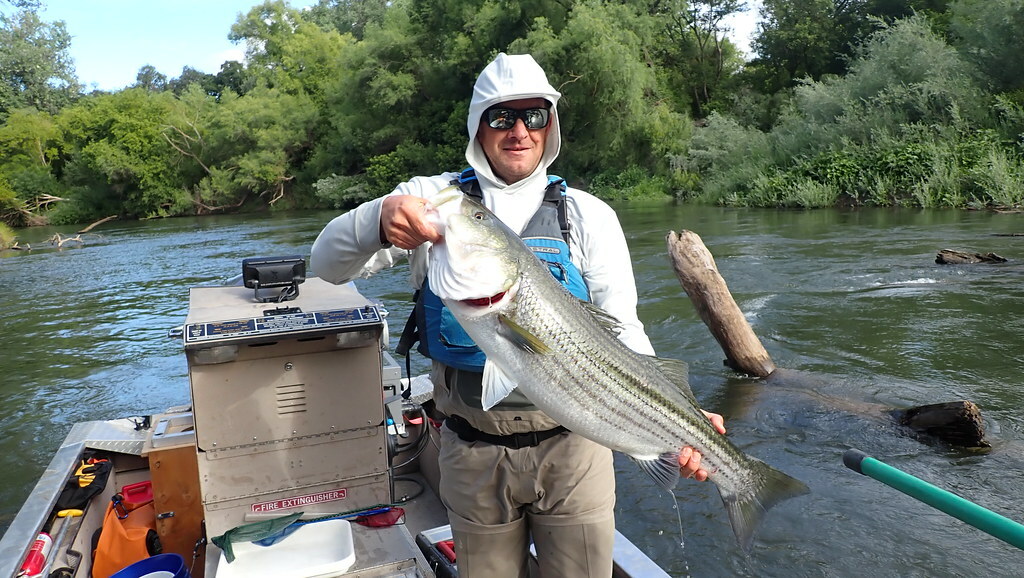
6-27-2022
Fisheries biology and hospitality have an unexpected common interest: occupancy. Just like hotel managers track seasonal trends in occupied and...... Read More
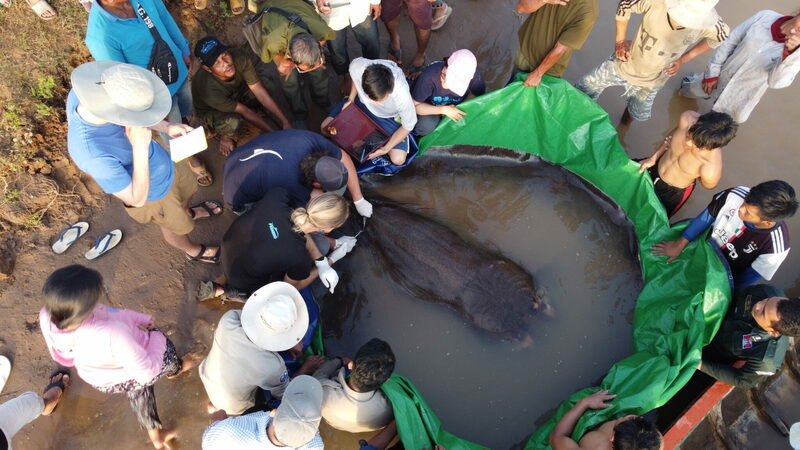
6-20-2022
Deep within the murky waters of the Mekong River, giants lie concealed. Hard as it may seem, in this mysterious...... Read More

Website Hosting and Design provided by TECK.net